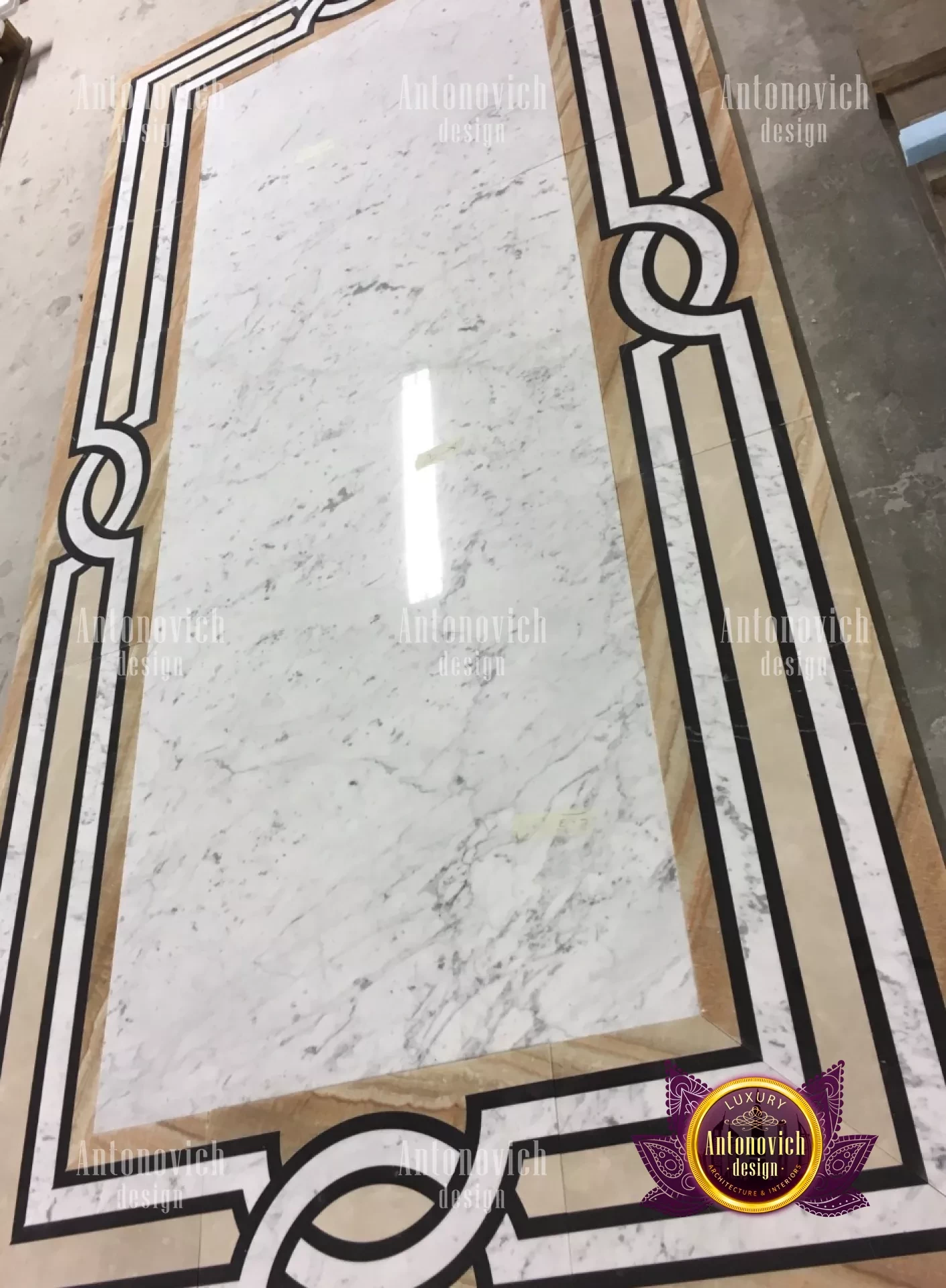FLOORING CHOICES AND ALTERNATIVES
We've sorted down the many flooring alternatives by pricing, style, and installation guidance, as well as useful recommendations on which rooms each type of flooring works best in. It is advisable to begin with a solid budget when picking on the many flooring selections. This will assist you in narrowing down what is offered in your price range and eliminating those that may entice you to overextend your funds. Don't forget to factor in installation costs. Some flooring kinds may be installed on your own, but many will require expert assistance. Then think about the room where it will be put. While having the same flooring throughout a home is visually appealing (and certainly achievable), it may not be the greatest fit for the room functions. Carpet, for example, used to be laid everywhere, from bedrooms and living rooms to, sadly, kitchens and bathrooms. With the diversity of alternatives available, a fashionable and functional house may be built without the use of improper floor coverings. Stone flooring has been a popular flooring alternative for ages since it is incredibly durable and looks beautiful in both classic and contemporary houses.

Porcelain floor tiles are less expensive than genuine stone, require no sealing, and are incredibly durable — additionally, their regular form not only allows for small grout lines but also makes them easier to place. However, they are more difficult to cut than ceramic tiles. Porcelain tiles are an excellent companion for underfloor heating since they are easy to maintain and come in a variety of colors and finishes. Porcelain tiles are created with denser clay and baked at a higher temperature than ceramic tiles. They are also through-colored, whereas ceramic tiles normally just have a top layer of design and color. Engineered wood flooring allows historic natural wood types to be incorporated into modern schemes while also providing a more water- and movement-resistant alternative to solid wood. While choosing engineered flooring over solid timber is safer in terms of mobility, bear in mind that an engineered floor will still suffer from scratches and stains and may require sanding and refinishing to maintain its appearance over time. Although engineered wood is more stable than solid wood, it may not be the most practical choice in family bathrooms. Any water spills should be wiped up quickly, and wet bath mats or towels should be avoided whenever possible.

Engineered wood flooring has the advantage of being easy to clean while also adding visual warmth to the living room. Ceramic tiles may be made in a variety of shapes and colors, or they can be constructed to seem like a stone while being lighter in weight and less expensive. When comparing the advantages of porcelain vs ceramic tiles, ceramic tiles are less expensive than porcelain but perform fairly similarly, albeit they are not as hardwearing and can crack and chip — additionally, they are not normally colored all the way through, so any damage is rather evident. They are, however, less expensive. If properly cared for, good hardwoods are long-lasting and simple to clean. While wood floors can crack and scrape, many people believe that this adds to its beauty and history. On the flip side, engineered wood flooring is superior to underfloor heating in humid regions of the home. This style of wood flooring is a popular original feature in period residences, particularly on first floors when stone replacements would have been prohibitively expensive. Solid wood flooring is a traditional option that complements various house types. If properly maintained, good hardwoods are long-lasting and simple to clean. While wood floors can crack and scrape, many people believe this adds to their beauty and history. On the flip side, engineered wood flooring is a better alternative than underfloor heating, particularly in more humid regions of the home.












